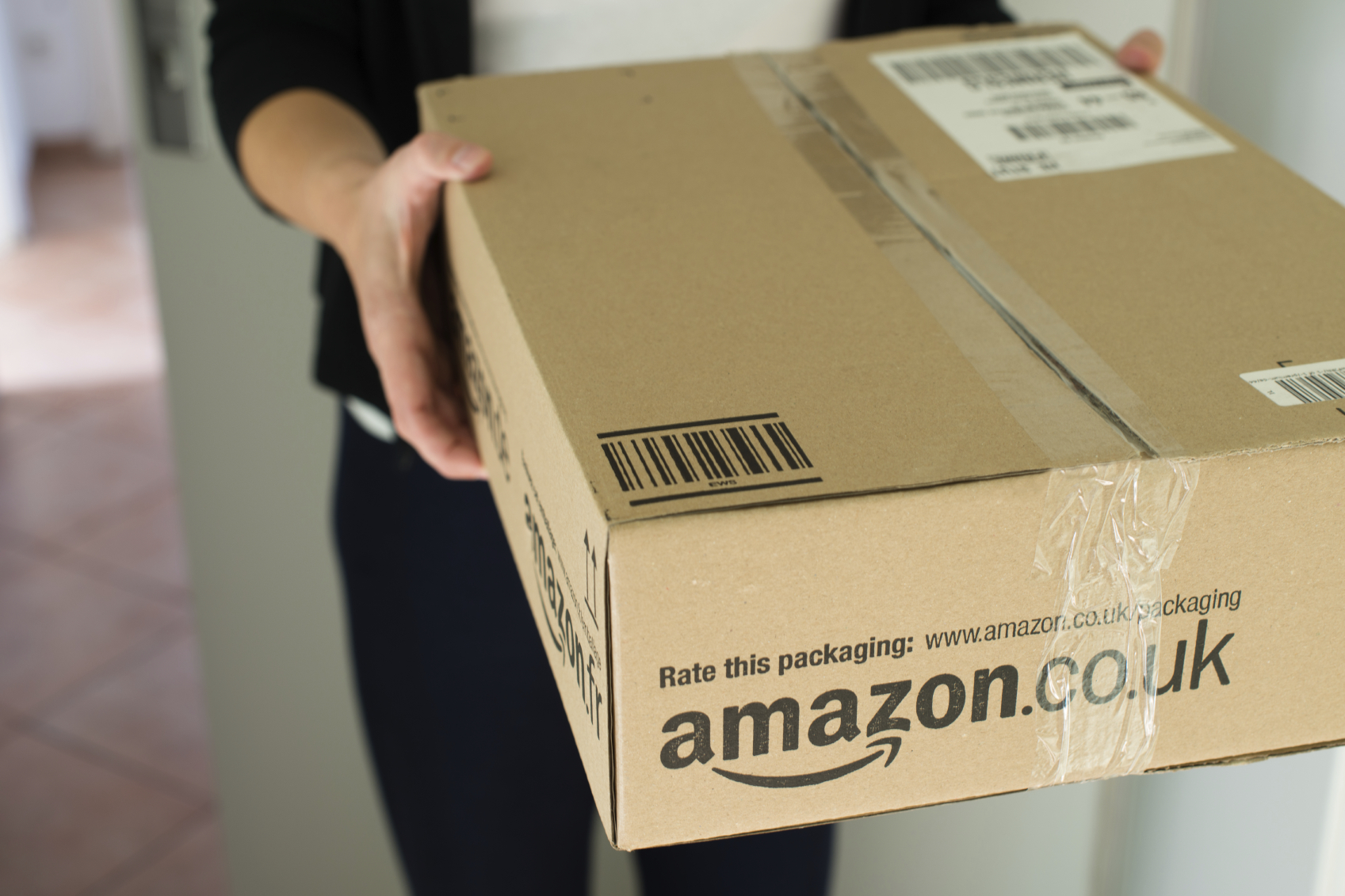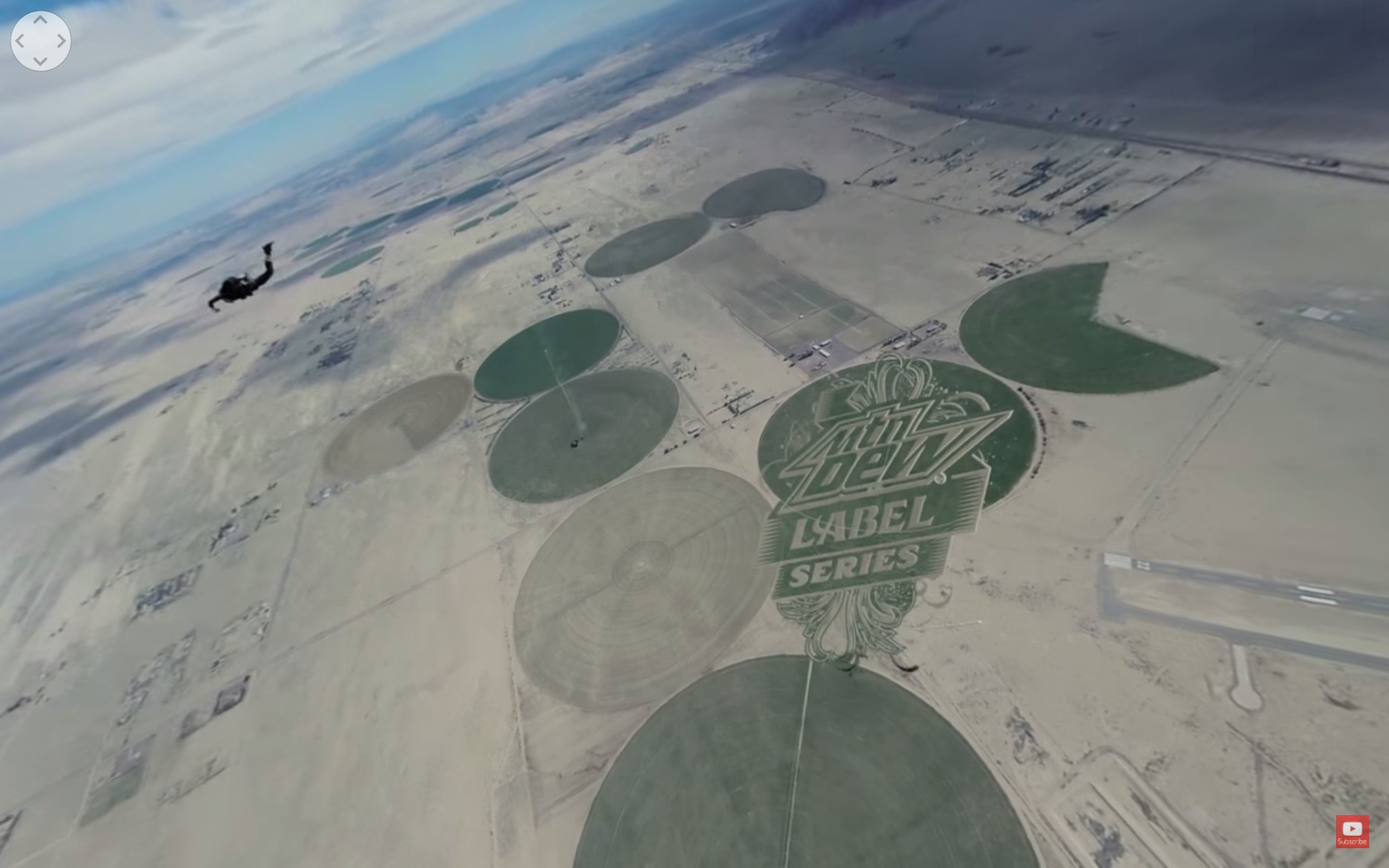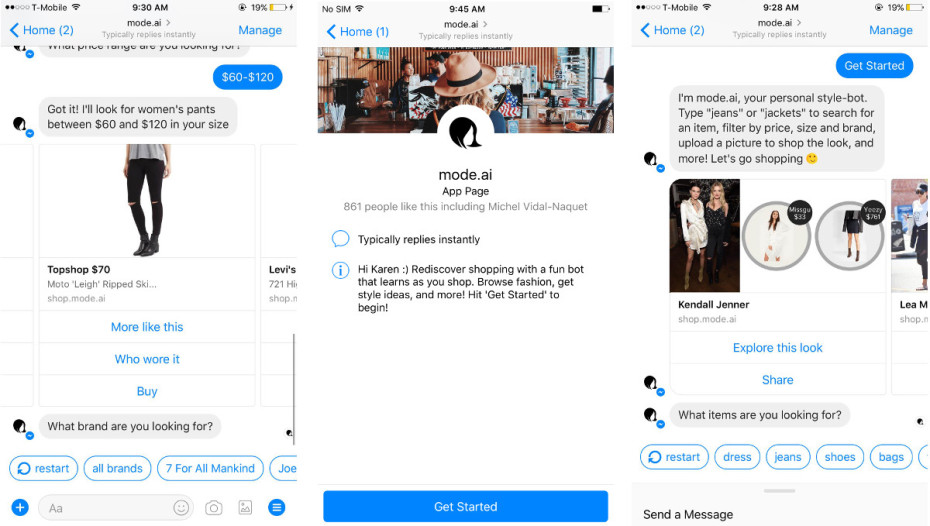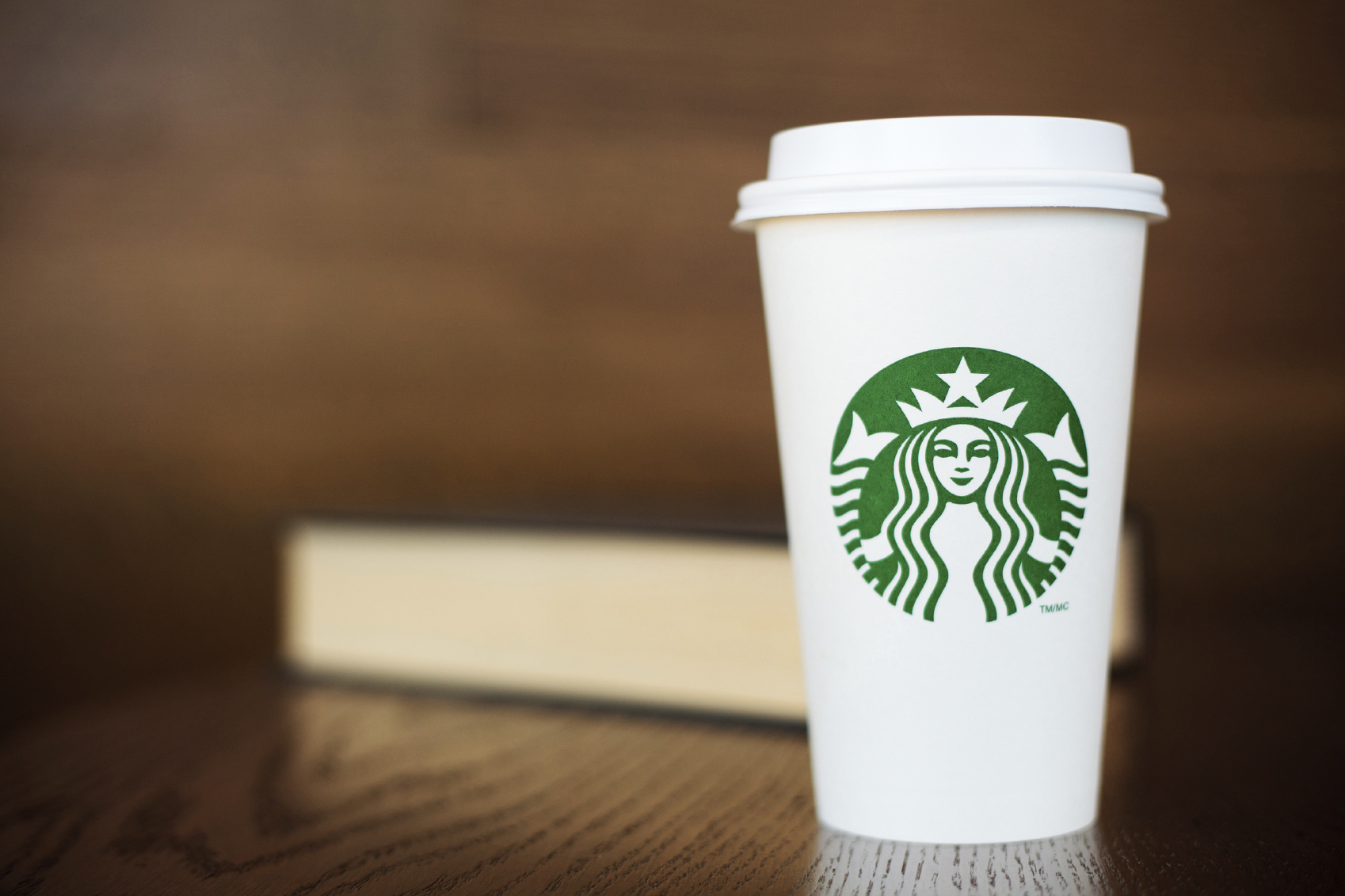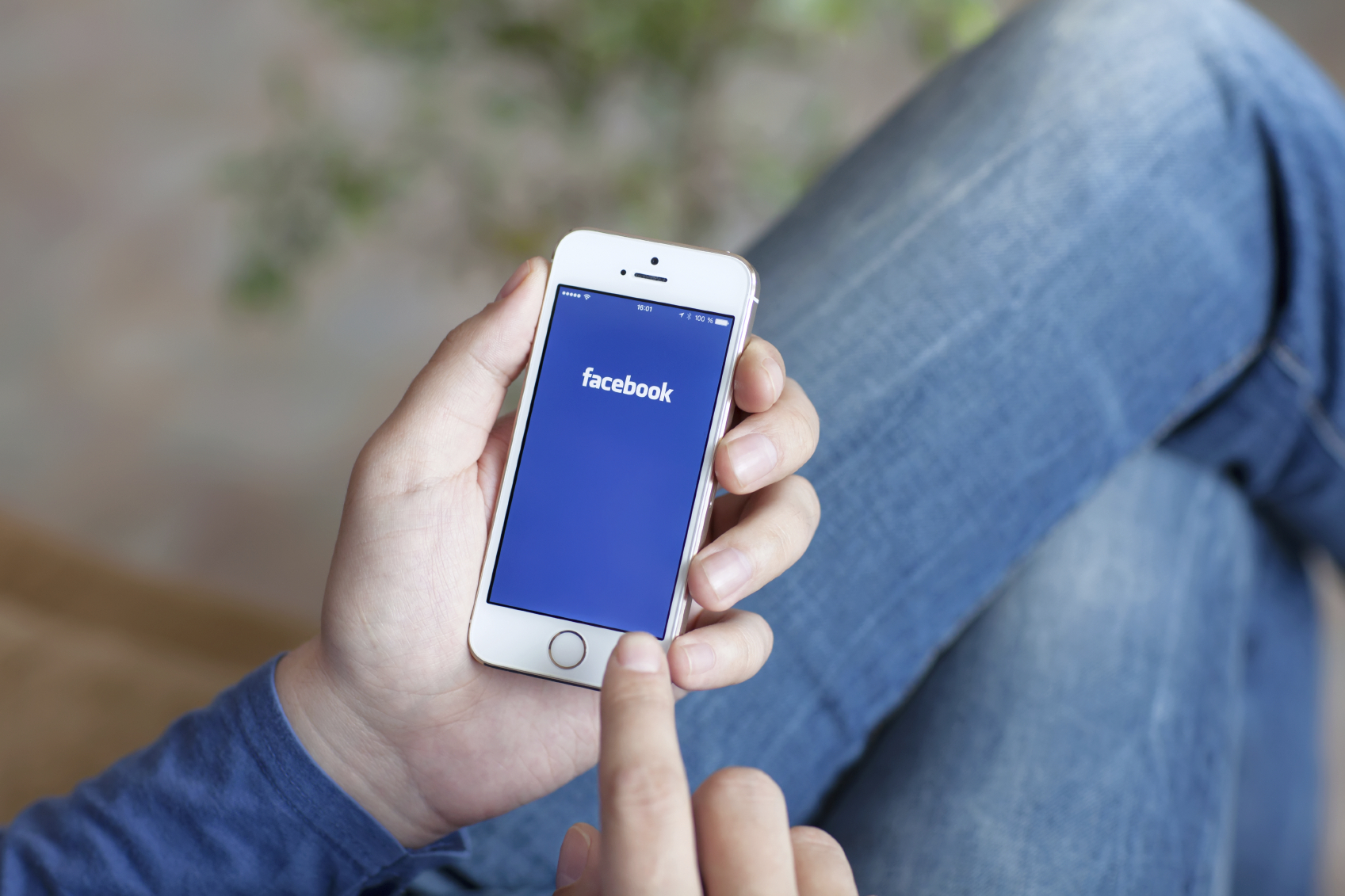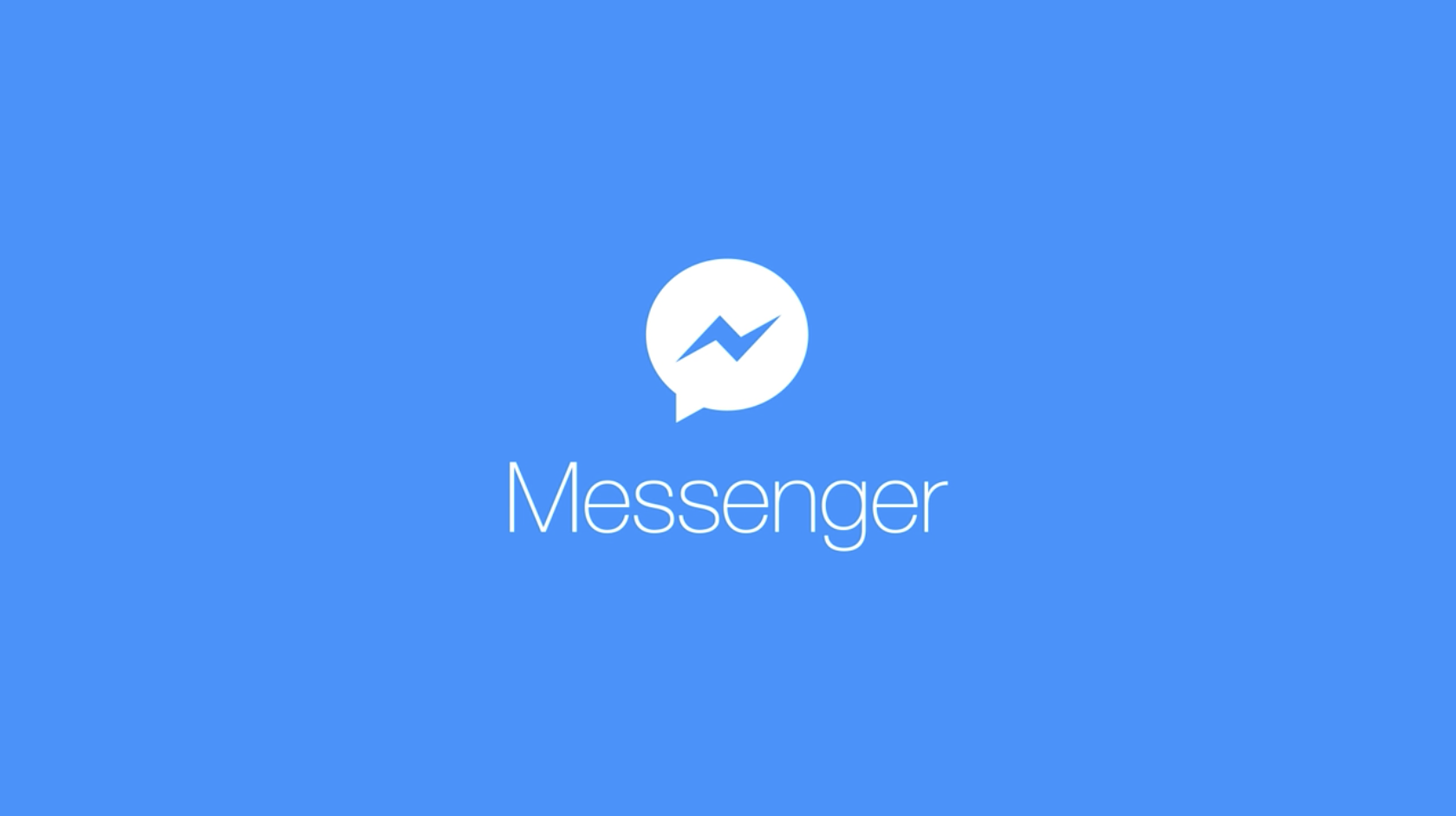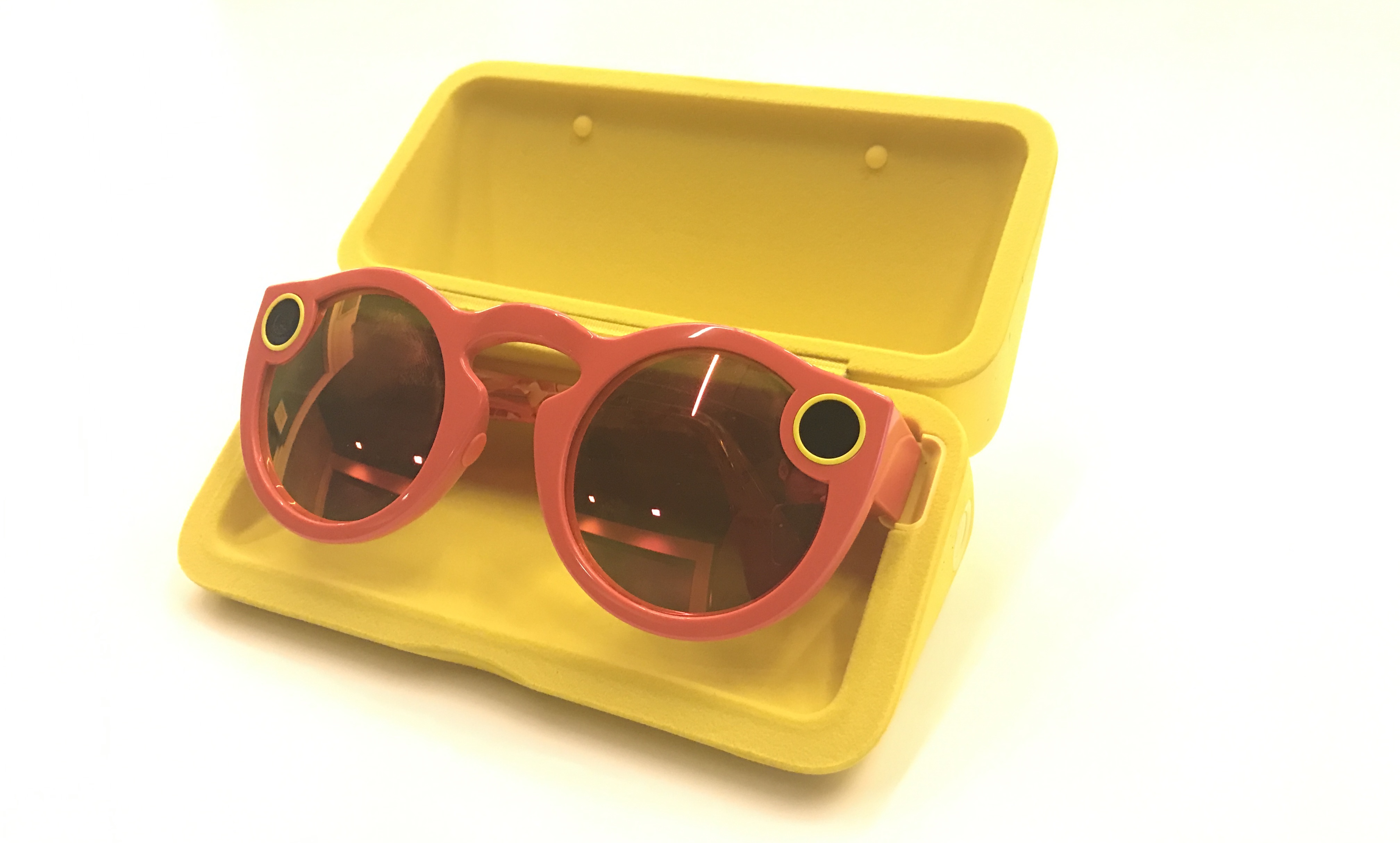What Happened
Amazon has launched a new initiative that aims to entice more social influencers to plug for sales on its platform. Similar to the existing Amazon Affiliate program, which allows anyone to sign up to create links and shopping ads for their own website or blog to get a referral cut of the sales, this new Amazon Influencer Program exclusively offers social influencers a chance to curate product collections on Amazon.com and generate income through affiliate sales. This makes for a more browseable shopping experience and let the influencers recommend a set of products to their fans at once.
What Brands Need To Do
With Amazon dominating online sales in the US, some brands and manufacturers have forgone e-commerce on their sites entirely, opting instead for sales and fulfillment operations managed by Amazon. This new program enables the ecommerce giant to leverage social influencers’ popularity to facilitate product discovery.
At a time when influencer marketing is becoming an essential business strategy for many marketers to reach new audiences and raise brand awareness, this is undoubtedly a smart move for Amazon to stay competitive in the ecommerce arena. More brands, especially fashion and CPG brands, should consider similar initiatives so as to leverage the personalized and authentic content created by influencers to garner social buzz and encourage customer loyalty.
Source: TechCrunch
